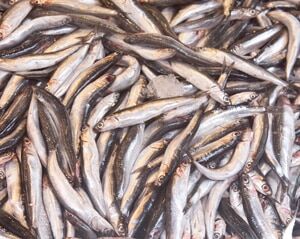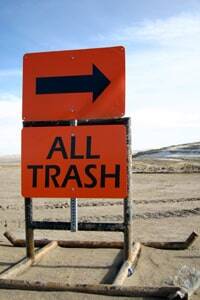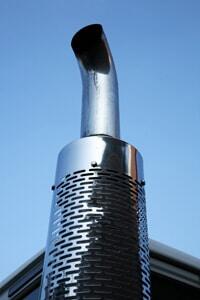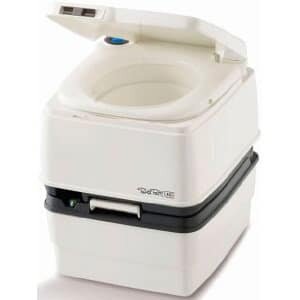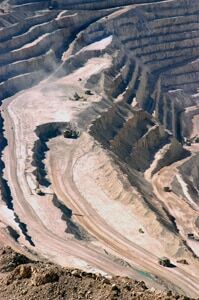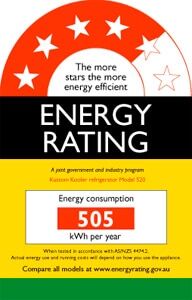 The Golden Gecko Awards have reached a 20 year milestone in recognising environmental excellence by Western Australia’s mining and petroleum industries. As one of the last animals to return to an area disturbed by mining, geckos have become a symbol of the green revolution underway in the resource sector.
The Golden Gecko Awards have reached a 20 year milestone in recognising environmental excellence by Western Australia’s mining and petroleum industries. As one of the last animals to return to an area disturbed by mining, geckos have become a symbol of the green revolution underway in the resource sector.
World-leading technology to monitor environmental impacts on mangroves at Port Hedland has taken out honours in the 2011 Golden Gecko Awards.
Worley Parsons and the Port Hedland Port Authority won this year’s Golden Gecko Award for an innovative approach to measuring sedimentation on mangroves.
Mangrove trees grow near the Port Headland Port (Australia’s largest export port) and provide a nursery for marine life while also stabilising water quality and preventing shoreline erosion. Sediment stirred up by dredging activity smothers their roots.
The new real-time sedimentation scanner developed by Worley Parsons provides data critical to monitoring and reducing sedimentation.
The Golden Gecko commitment
The Golden Gecko Awards ceremony was held at the Pan Pacific Hotel in Perth on Thursday, September 8.
The awards, which were first launched by the WA Department of Mines and Petroleum in 1992, recognise and celebrate a commitment by the resource sector to preserve and restore the natural environment.
In contrast to early mining and exploration (where scant regard was paid to environmental costs), the modern face of mining has drawn on technology and research to reduce impacts. Best environmental practice policies include the use of environmentally friendly liquids to reduce soil and water contamination.
Merit winners
The Golden Gecko Awards also recognised ATCO Gas Australia, supported by KD1, and Compass Groups (Australia) for their extreme green projects.
ATCO Gas Australia and KD1 were able to complete a new gas pipeline with 40 per cent less clearing and no loss of Black Cockatoo habitat trees.
Compass Groups (Australia) reduced waste and greenhouse emissions from food catering at remote sites by creating compost, livestock feed production and bulk food preparation initiatives.
Remote site challenges
One of the challenges faced at remote mining sites is hard water, which can make cleaning in the laundry, kitchen or worksite difficult. Environmental cleaning products offer a solution to using toxic chemicals, reducing soil and water contamination while improving health and safety.
As a leading Perth-based supplier of eco-friendly industrial liquids, Envirosafe Solutions has tailored a range of environmentally friendly liquids for remote mining sites.
Low toxic, biodegradable yet extremely hard-working and fast-acting, its Extreme Greenrange can readily replace almost every other chemical used at mining sites. From low-phosphate laundry powder to non-toxic dust suppressors, there is an environmental solution available.
WA Mines and Petroleum Minister Norman Moore said the commitment by the resource industry, its suppliers and service partners, to achieving greener outcomes was commendable.
“The Golden Gecko’s is an outstanding opportunity to recognise those leading the industry in innovative environmental practices. I congratulate our award winners and certificate recipients.”
For more information on eco-friendly industrial liquids contact Envirosafe Solutions on 1300 88 90 70 or email info@evss.com.au.
Sources:
http://www.dmp.wa.gov.au/goldengecko/index.html
http://www.mediastatements.wa.gov.au/Pages/Default.aspx?ItemId=143912
http://www.abc.net.au/rural/news/content/201109/s3315552.htm








